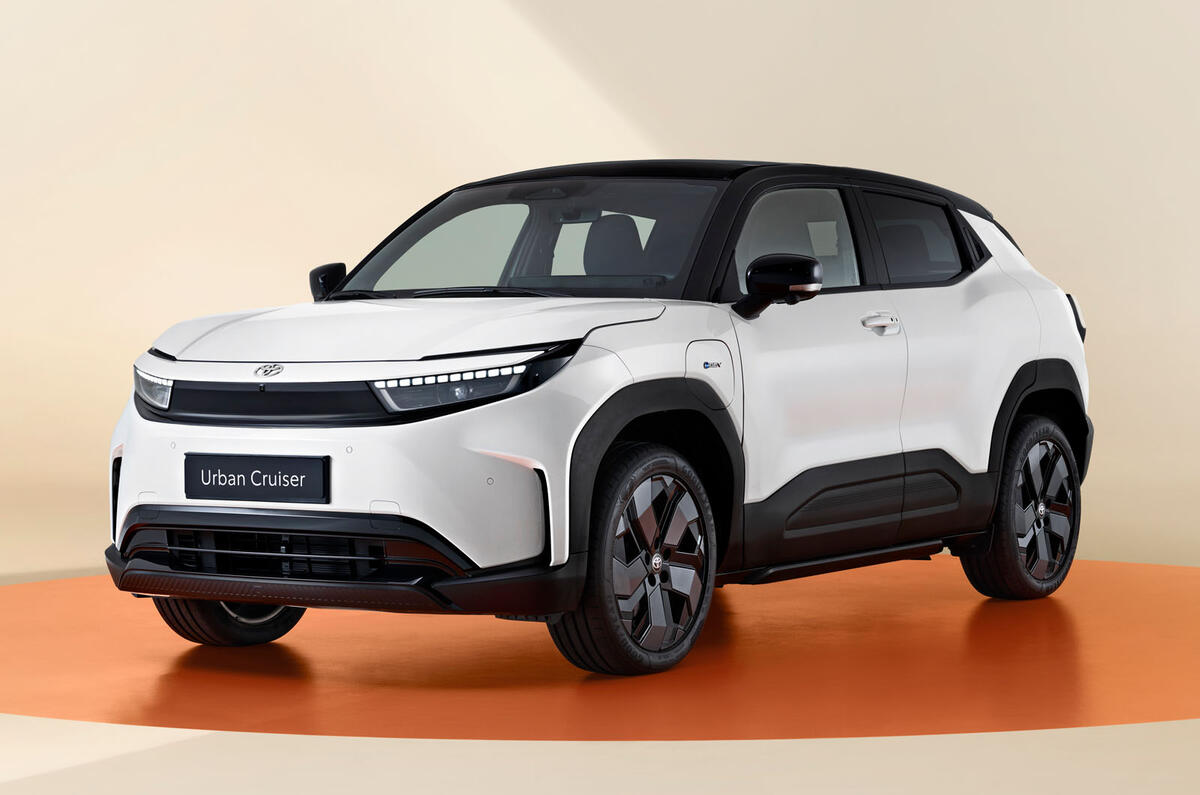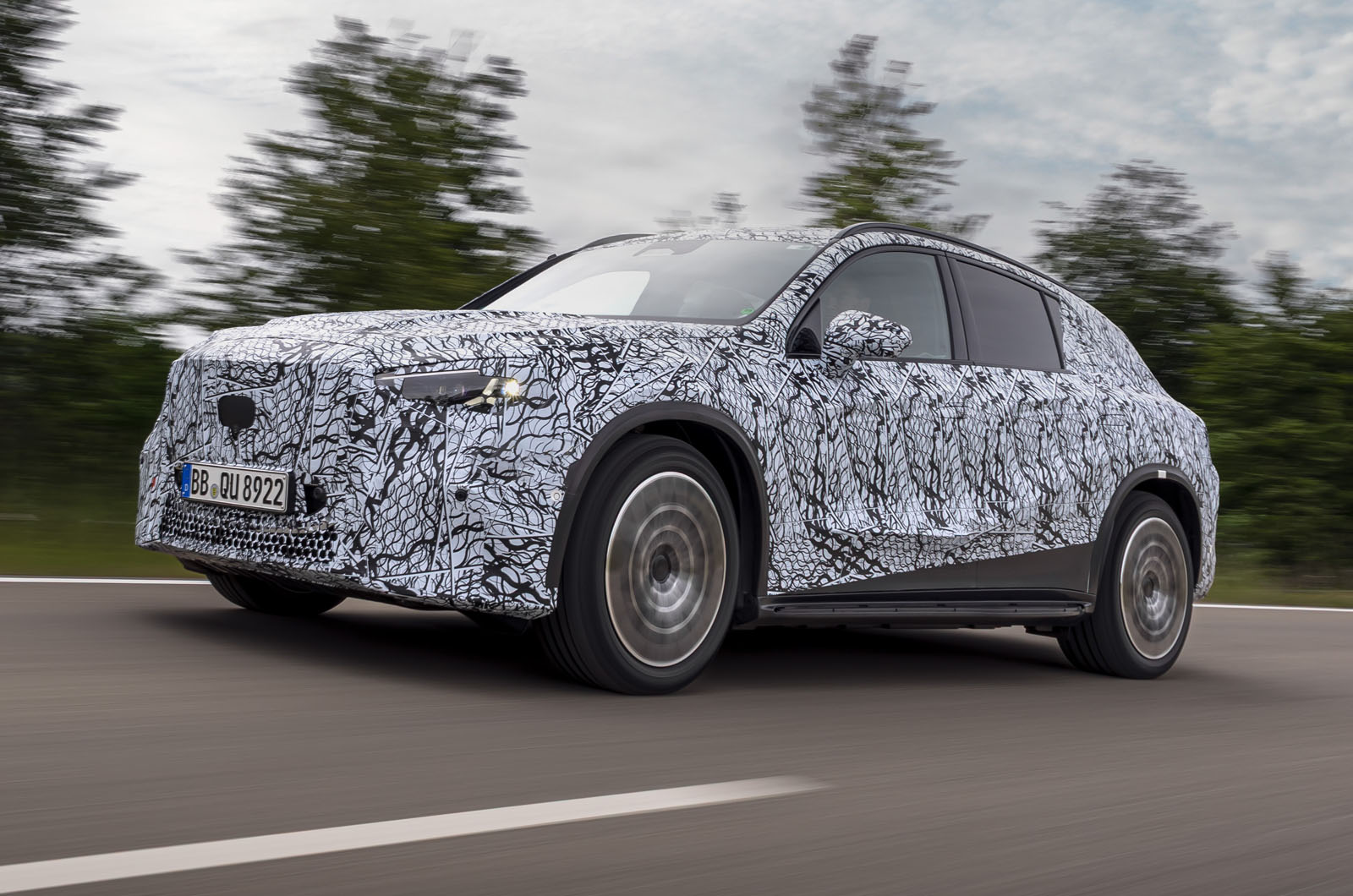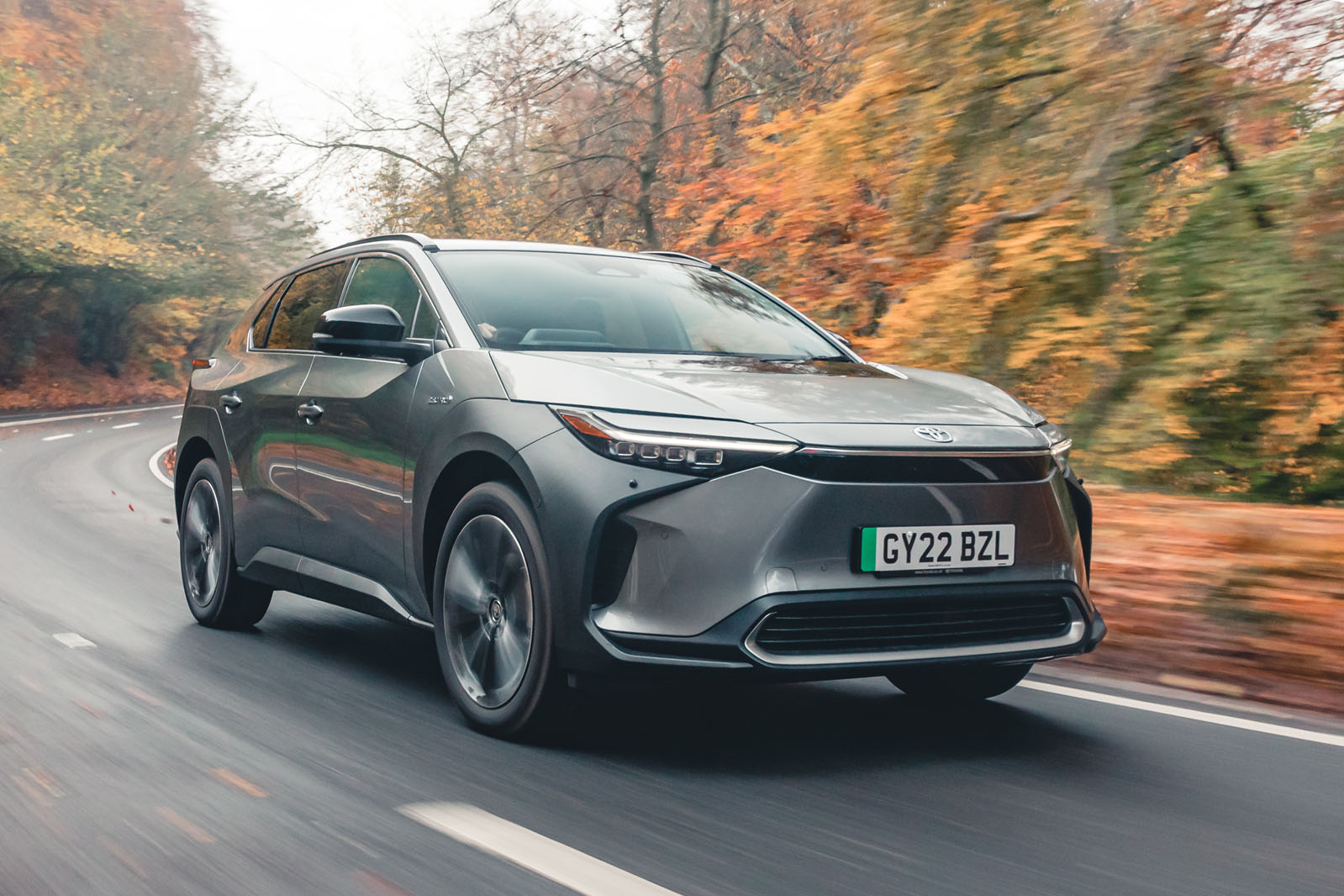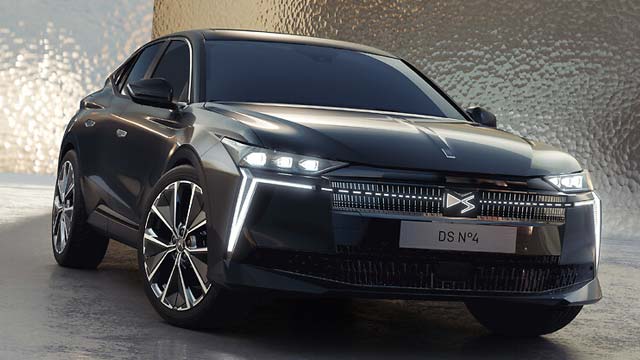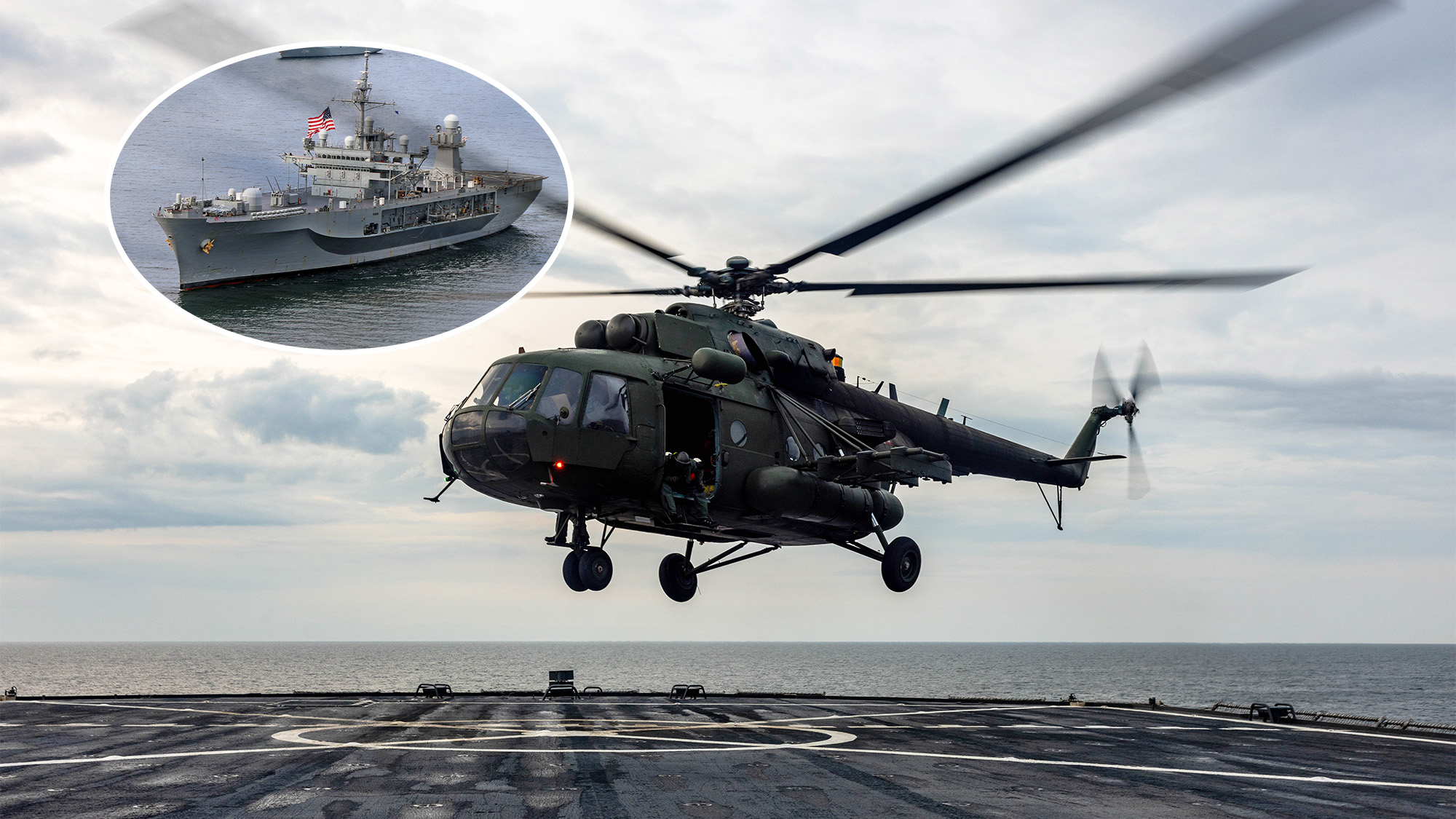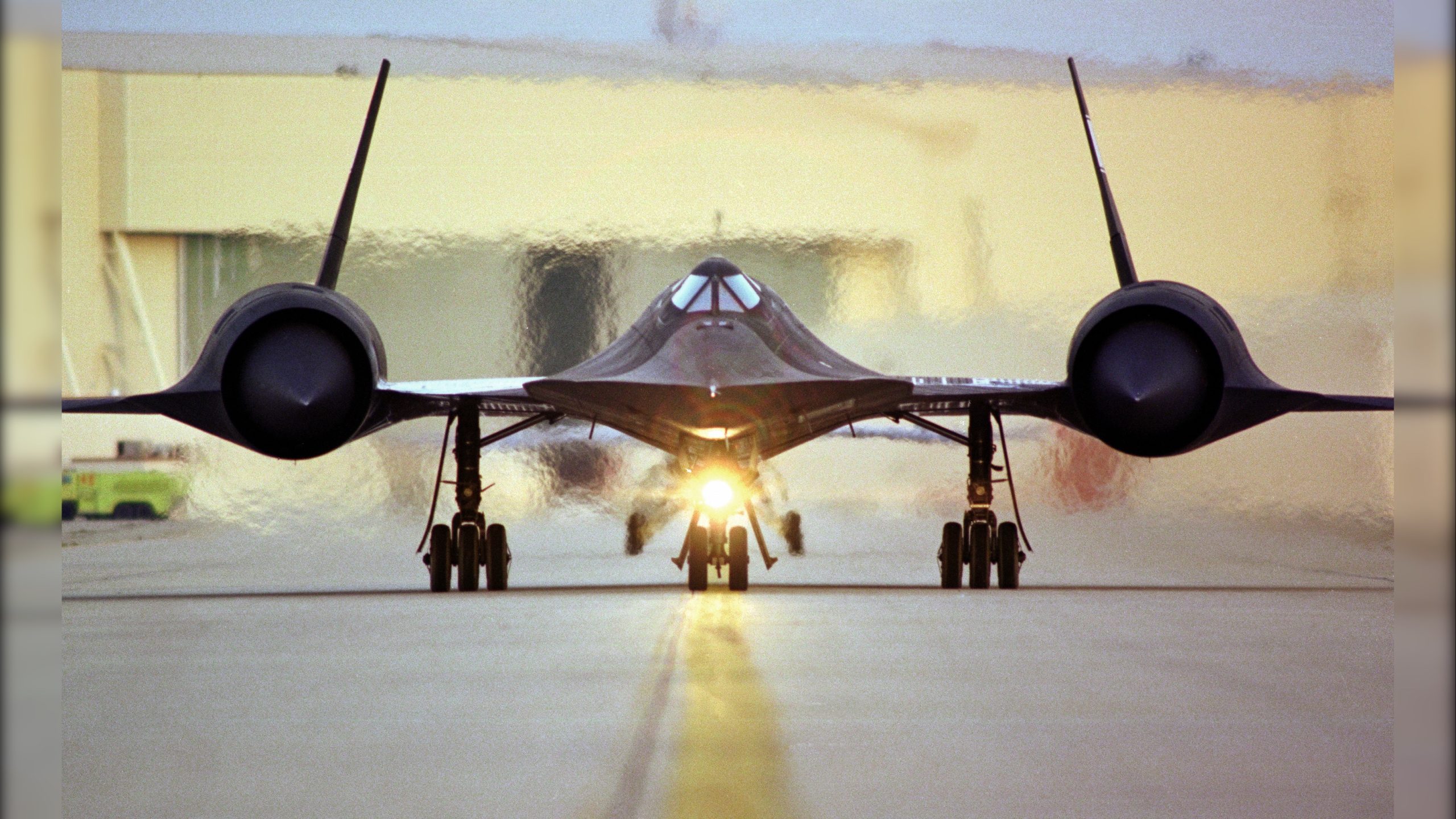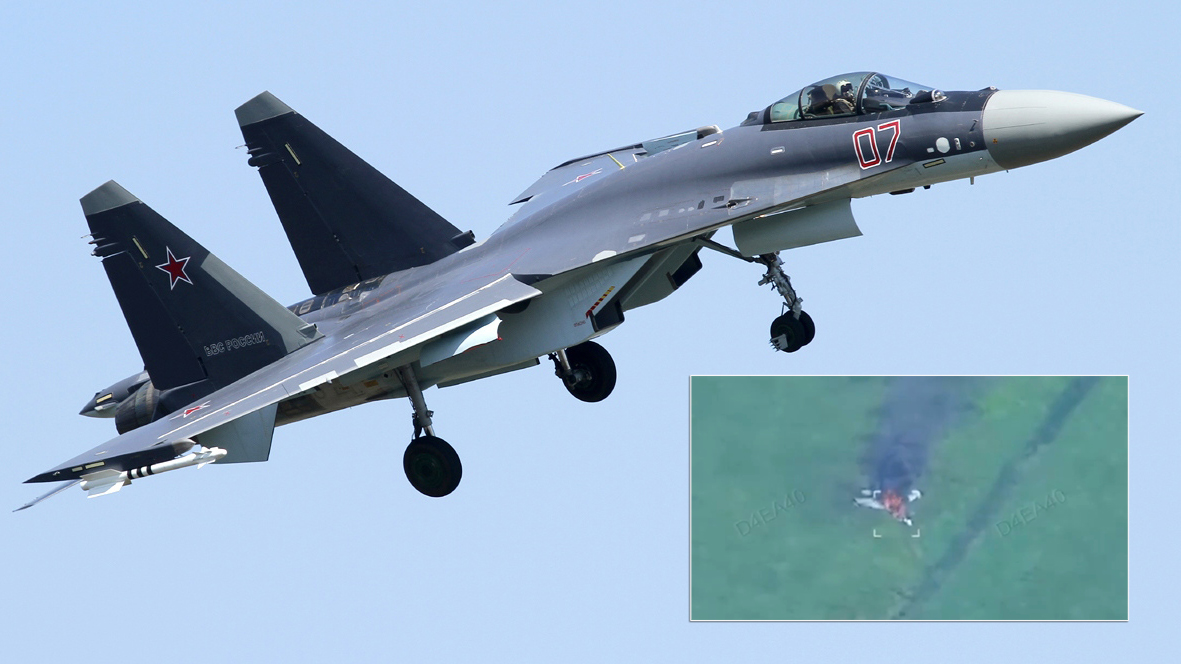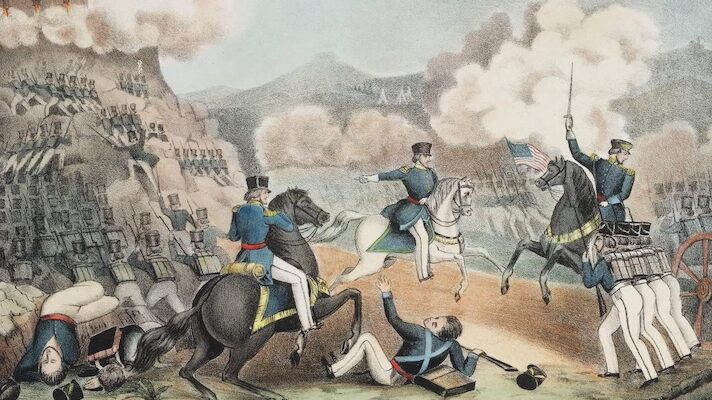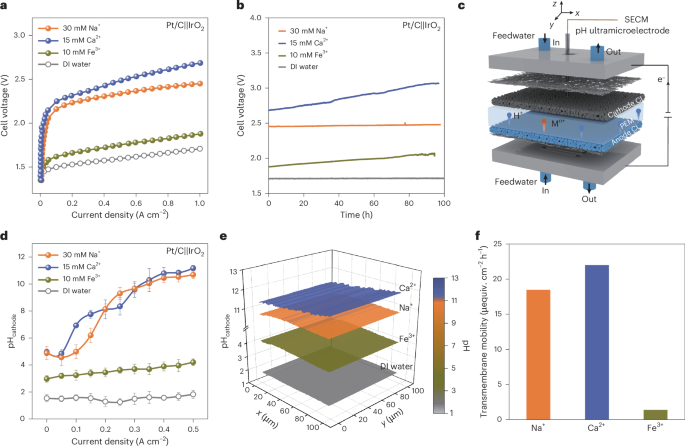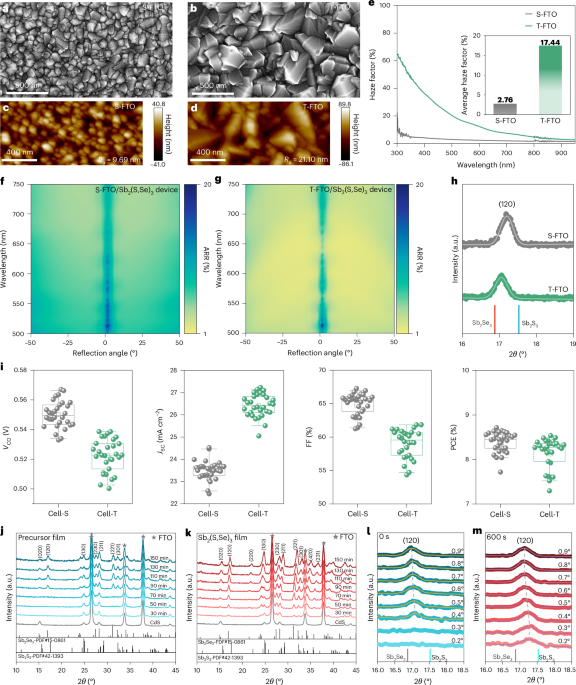Poland, changing helo ‘priorities,’ pushes for trainers and naval aircraft
The changes, one official said, were influenced by rapid developments in technology, as well as the war in Ukraine.


Wieslaw Kukula, Chief of the General Staff of the Polish Armed Forces, watches a military honor parade at the Ministry of Defense in Feb. 2025. (Marek Antoni Iwaczuk/SOPA Images/LightRocket via Getty Images)
WARSAW — The Polish military has reconsidered its priorities when it comes to helicopters, senior officials said, moving trainer, maritime and transport birds at the top of the list while freezing plans to procure US-made Black Hawks.
Citing the Development Program for 2025-2039, Gen. Wieslaw Kukula, Chief of the General Staff of the Polish Armed Forces, said at a press conference Friday, “During intensive work on [the plan’s] development and a series of analyses, we decided to change the priorities regarding helicopter programs, and thus also to change the priorities in the scope of acquiring some platforms.”
Specifically, Maj. Gen. Cezary Wisniewski, Deputy General Commander of the Polish Armed Forces, said Warsaw had “changed the order” of acquiring helicopters.
“It seems to me, I believe that the fact that we will be able to deliver a training helicopter, a naval ASW [anti-submarine warfare] helicopter and a heavy transport helicopter are the three most important priorities that we must implement in the near future,” he said.
The changes, he said, were influenced by rapid developments in technology, as well as the war in Ukraine.
One casualty of the new approach appears to be prior plans to acquire a fleet of modern, American-made S-70 Black Hawks, which officials indicated had been halted. (In a statement, Black Hawk maker Lockheed Martin previously told Breaking Defense that Lockheed “firmly believe[s] that the Black Hawk is the ideal platform to further support and strengthen Poland’s national security.”)
The push for trainer helos, especially, comes with an effort to speed up pilot training so they’d be ready to jump in the cockpit of newer aircraft in the fleet or expected to join.
“The purchase of AW149 [and] AW101 [transport helicopters] and now AH-64 [Apache attack] helicopters means that [PZL Świdnik] SW-4 helicopters, and partially Mi-2 Hoplites, used for basic training, are not able to prepare aircrews to start training on advanced multi-role helicopters,” Wisniewski said. “Therefore, the number one priority for the Armed Forces General Command is to acquire a training and combat helicopter and implement it into our training process as soon as possible.”
Poland had previously agreed to purchase AW149 and AH-64s, and the officials said there were no changes to those plans.
Each year the Air Force Military Academy in Dęblin graduates 30 to 40 helicopter pilots, but this academic year the number of places in the helicopter course has been increased to 50. According to estimates, implementing AH-64 Apache helicopters in Polish Army alone will require training for nearly 400 aircrew.
Poland now plans to acquire 24 new training and combat helicopters, and industry has lined up in hopes of getting business. Two helicopters have been on offer, Airbus’s H145M and Leonardo’s AW109M Trekker. Beyond that, in mid-May Babcock signed a Memorandum of Understanding (MoU) with Airbus and CAE to partner together to offer a comprehensive package of military helicopters and associated training services to the Polish Air Force. Under the terms of the MoU, Babcock will provide training, Airbus will lead on the platform design and build, and CAE will deliver the simulation capabilities.
On Leonardo’s side, a local subsidiary PZL Świdnik already produces complete AW109 airframe structures for all Leonardo programs, while being ready to provide full final assembly of these helicopters in Świdnik for the Polish Armed Forces. With supported of Leonardo Helicopters, it has said it is able to provide the Polish Armed Forces with different types of mission simulators for training pilots, aircrews and ground personnel.
The need for new naval helicopters is due in part to an incompatibility between the military’s current SH-2G(PL) Super Seasprite birds and the navy’s new Miecznik multi-role frigates, according to Wisniewski. New helicopters were needed, he said, “to protect critical infrastructure, and track surface and underwater objects.” Polish officials earlier suggested four to eight new maritime ASW helicopters could be sought.











